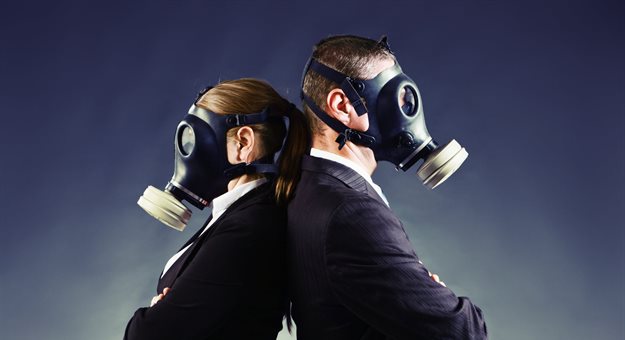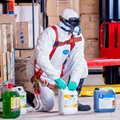As more businesses reopen following South Africa entering Advanced Level 3 lockdown, management is tasked with ensuring the readiness of their office environment to ensure a safe return of staff. This is especially the case for those employees considered to be high risk. Nicol Myburgh, Head of the HCM Business Unit at CRS Technologies, examines how organisations should approach this.

Image source: Getty Images
“The new normal is not dictated to by the various lockdown levels. Instead, it is about implementing policies and procedures that enable a healthier office environment than in the past.”
“In addition to maintaining social distancing protocols and updating hygiene policies, companies should also identify the choke points inside the office and implement ways to better manage these,” Myburgh continues. “For instance, a biometric system that uses facial recognition technology coupled with an automated temperature scanner can allow for entry and exit from the building in a contactless way.”
“Even though many organisations have appointed specialised cleaning services to sanitise their offices, they should also consider replacing all the filters in their air conditioning units, especially as many employees tend to use them as heaters during the winter months.”
Of course, when it comes to vulnerable employees there are additional measures to be put in place.
A medical disclosure form is good practice for all staff, highlighting the risk factors that make people susceptible to the coronavirus, Myburgh believes. “This will help generate awareness among those who might not have considered themselves to be at risk.
“Along with the daily screening of all staff, rearranging the workspace is critical for vulnerable employees. For example, in an open plan setup, barriers should be erected between desks, even though it is mandatory for everyone to wear masks,” Myburgh advises. “Companies can also provide these individuals with N97 medical grade masks as an added measure of protection.
“However, the potential exists for high-risk employees to be discriminated against. This is where the Employment Equity Act comes into play, providing the employee with legal recourse should any form of discrimination occur.”
Bradley Workman-Davies 8 Jun 2020 “Some organisations are concerned about the cost impact of implementing new safety and hygienic practices in challenging economic circumstances. I anticipate that organisations will continue to be guided by the Occupational Health and Safety Act for best practice and implement what they can afford,” Myburgh adds.
The reality is that remote working will remain as an effective safety method to continue protecting those employees who are most at risk. As such, the HR practice will also evolve to become more technologically driven and help create an enabling environment for managing employee engagement using digital solutions.







































